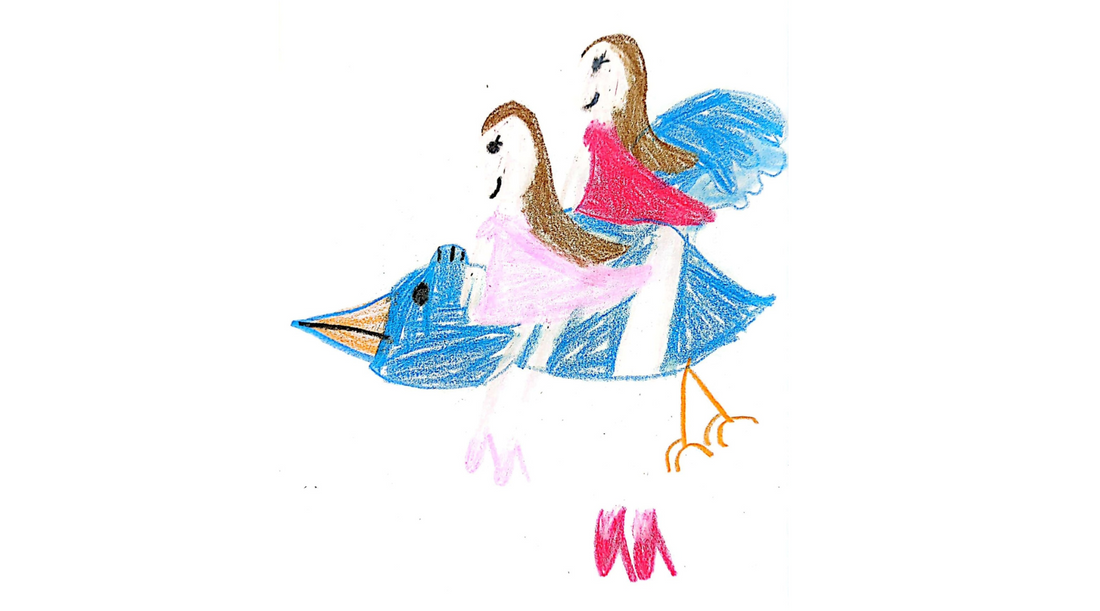Have you ever seen your children immersed in play and wondered, "What is going on in their heads right now?" Play is more than just a fun activity—it's a powerful tool for children’s cognitive, social, and emotional development. In fact, play goes through distinct stages as your child grows, each serving its own unique purpose in shaping their learning and interactions with the world.
Understanding these stages can help you better support your child’s development and engage in more intentional play. So let’s explore the stages of play and what they mean for your child’s growth.
1. Unoccupied Play (Birth to 3 months)
At this early stage, babies are just beginning to explore the world around them. Their movements may seem random, but they are learning how their bodies work and are developing basic motor skills.
What’s happening? Your baby is exploring their senses and beginning to understand the connection between their movements and their environment.
How you can help: Offer sensory toys or objects with varying textures and sounds. Soft rattles or simple toys they can grasp are great choices.
2. Solitary Play (3 months to 18 months)
Solitary play is when your child plays alone, often deeply focused on a single activity. At this age, they are not yet interested in interacting with others, and that’s perfectly okay!
What’s happening? Your child is learning to manipulate objects and develop problem-solving skills.
How you can help: Provide open-ended toys like blocks or stacking cups. Encourage them to explore freely while offering verbal encouragement.
3. Onlooker Play (Toddler years)
In this stage, children watch others play but don’t yet join in. They are absorbing information, learning from their peers, and figuring out social norms.
What’s happening? They are observing and learning by watching others. This is often the precursor to more interactive play.
How you can help: Encourage this observation and talk with them about what they’re seeing. You might say, “Look, they’re building a tower! What do you think will happen next?”
4. Parallel Play (18 months to 3 years)
Parallel play is when children play side by side but not directly with each other. They may use the same toys and mimic each other, but their play is still independent.
What’s happening? Your child is learning to share space and toys, a key step toward developing social skills.
How you can help: Provide enough toys so that they can play alongside others without feeling pressured to interact directly. At this stage, sharing may not come naturally, but they are learning through observation.
5. Associative Play (3 to 4 years)
At this stage, children begin to interact more with others. While there’s no coordinated goal, they’re starting to engage in conversations and share toys.
What’s happening? Socialization is key here. Your child is learning the basics of cooperation, conversation, and empathy.
How you can help: Encourage group play and introduce activities that require some level of cooperation, like building with blocks together or creating art projects side by side.
6. Cooperative Play (4 years and up)
By this stage, children are fully engaged in play with others. Whether it’s playing house, creating games with rules, or participating in team activities, they are working toward shared goals and learning essential social skills.
What’s happening? Your child is now engaging in complex play that involves communication, cooperation, and problem-solving.
How you can help: This is a great time to introduce games that require teamwork or imagination. Role-playing toys, board games, and even simple sports activities can help them refine these skills.
Supporting Your Child at Every Stage
Understanding these stages of play allows you to provide the right environment and tools to support your child’s development. Remember, each child moves through these stages at their own pace, so there’s no need to rush the process. By supporting them through intentional and mindful play, you’re fostering growth in a natural and fun way for your child.
If you’re looking for more ways to engage in purposeful play with your little one, stay tuned to our blog for more tips, advice, and toy recommendations. After all, play isn’t just about fun—it’s about learning, growing, and connecting with your child on a deeper level.
Let’s embrace each stage of play and the incredible milestones they bring!

